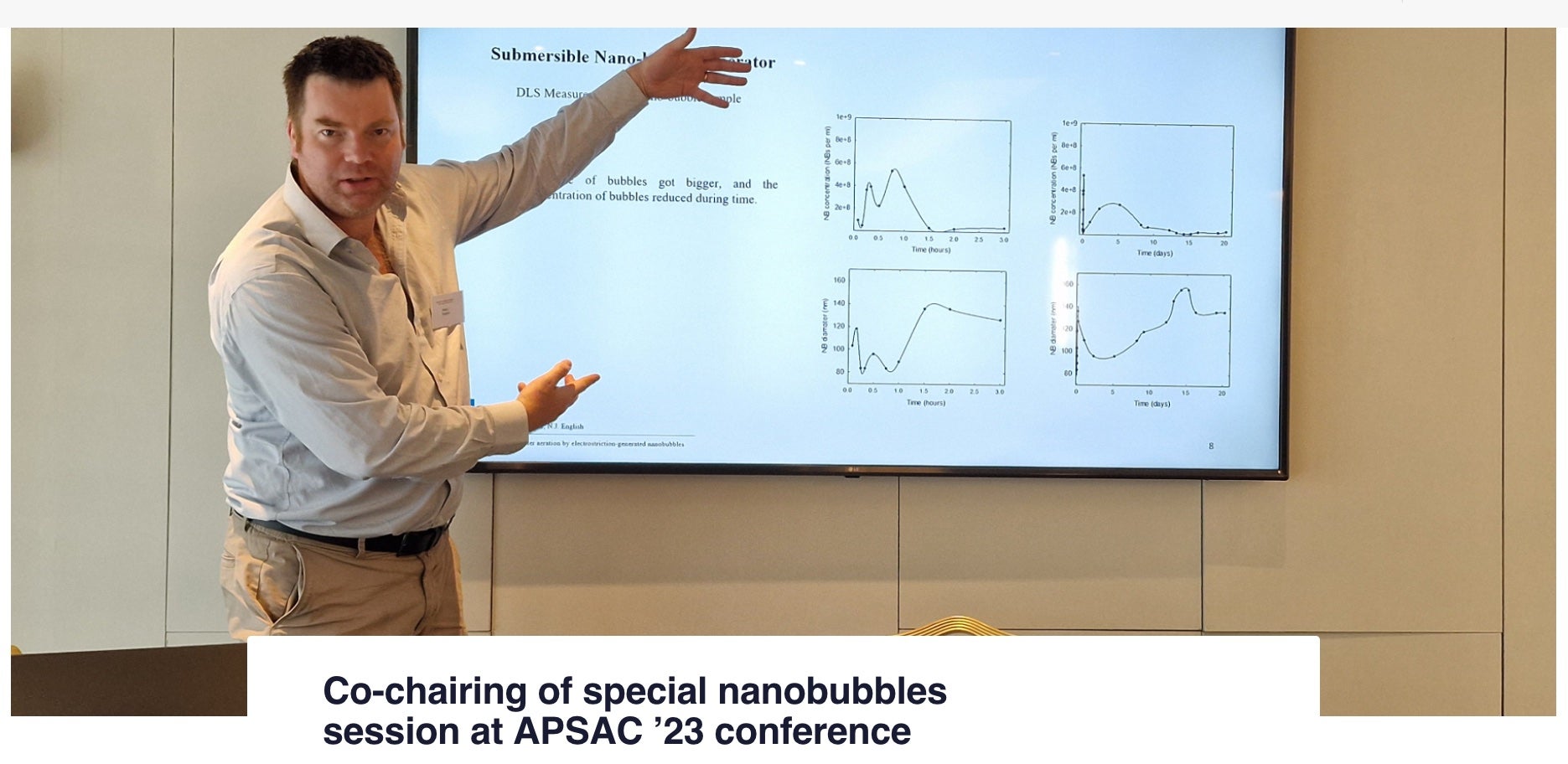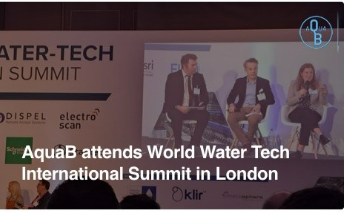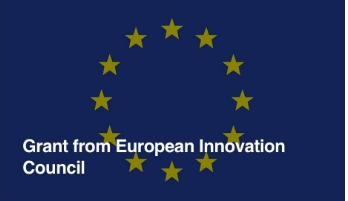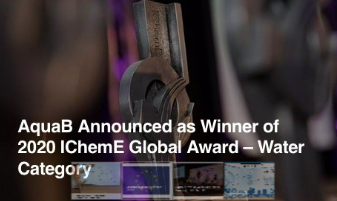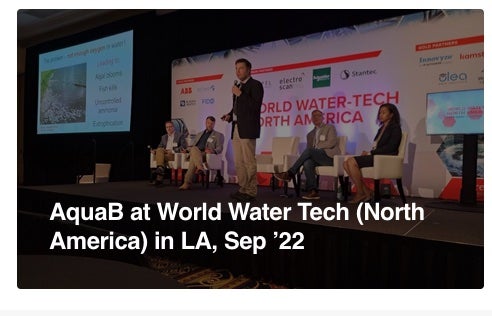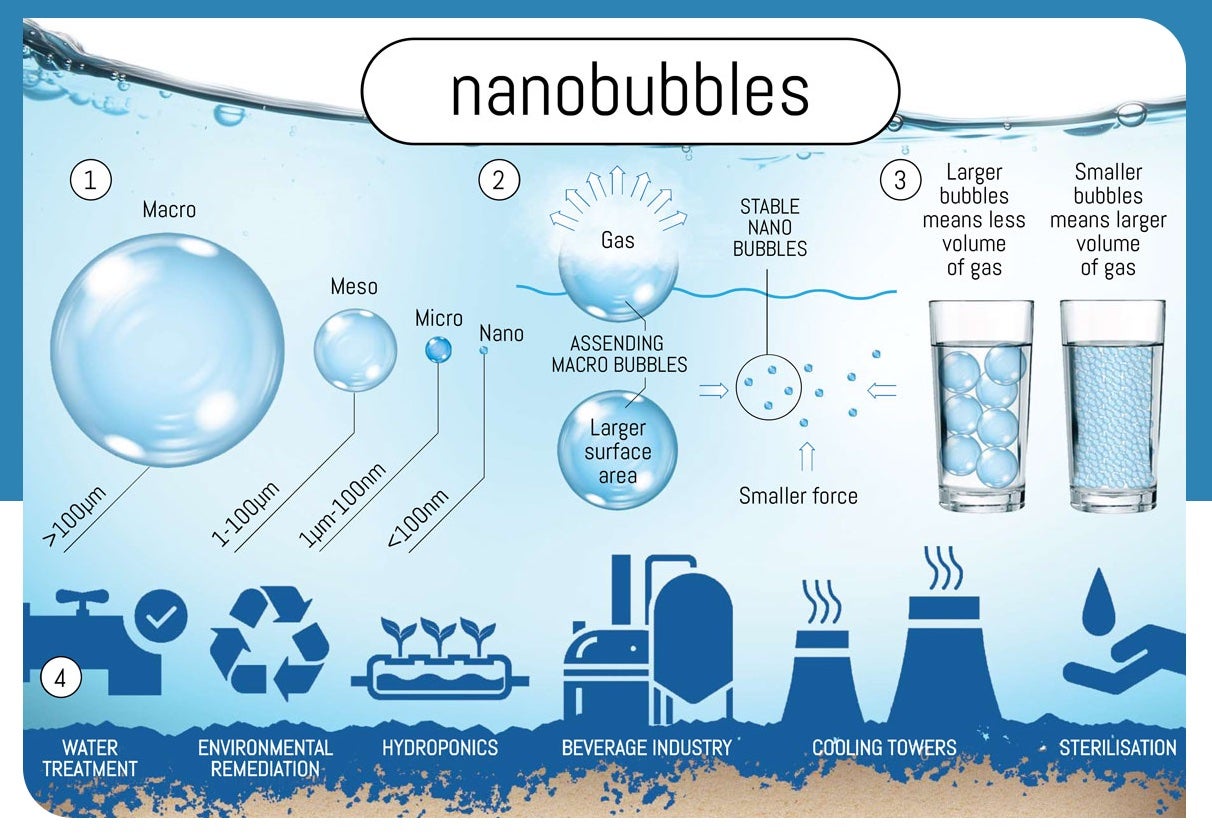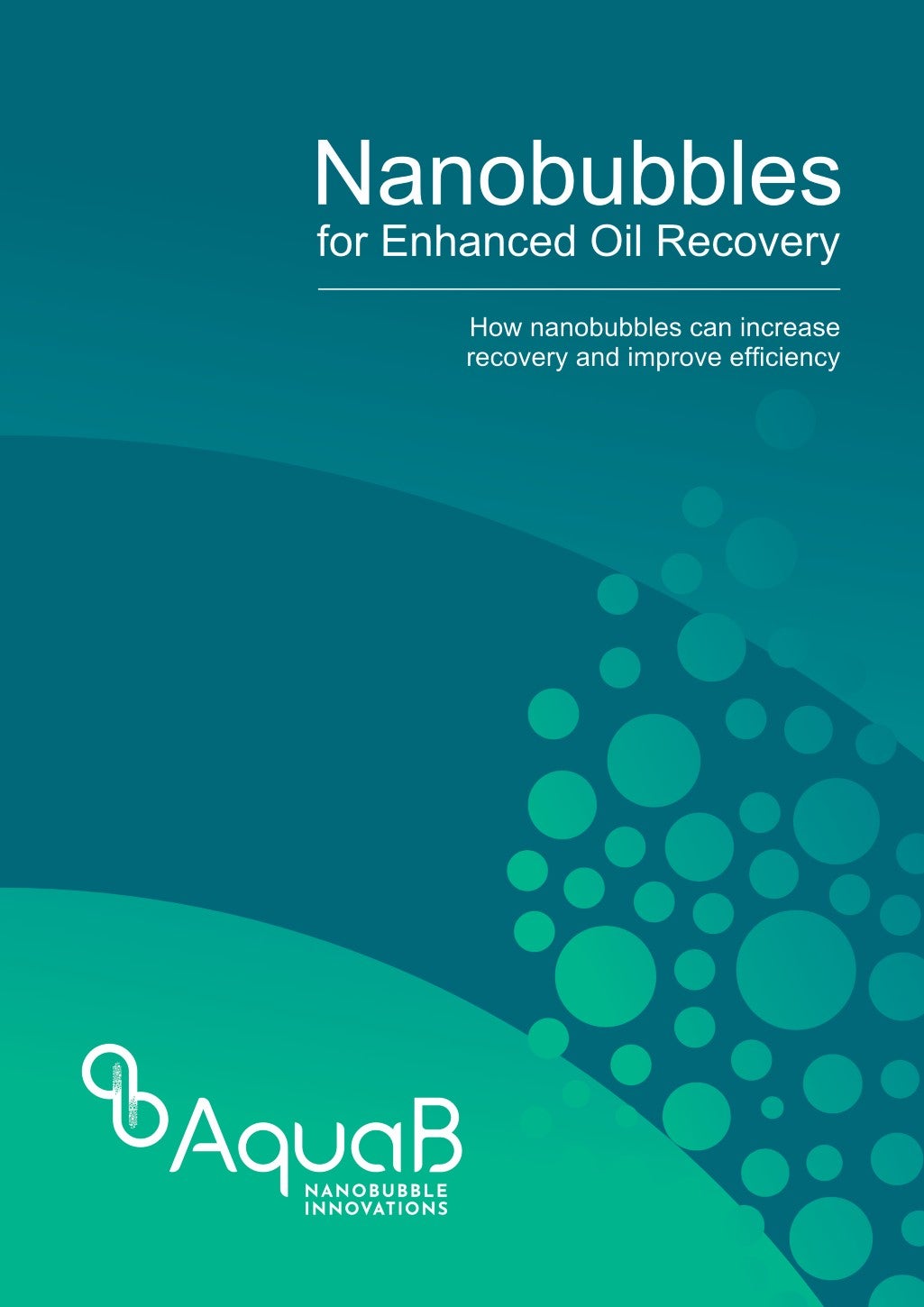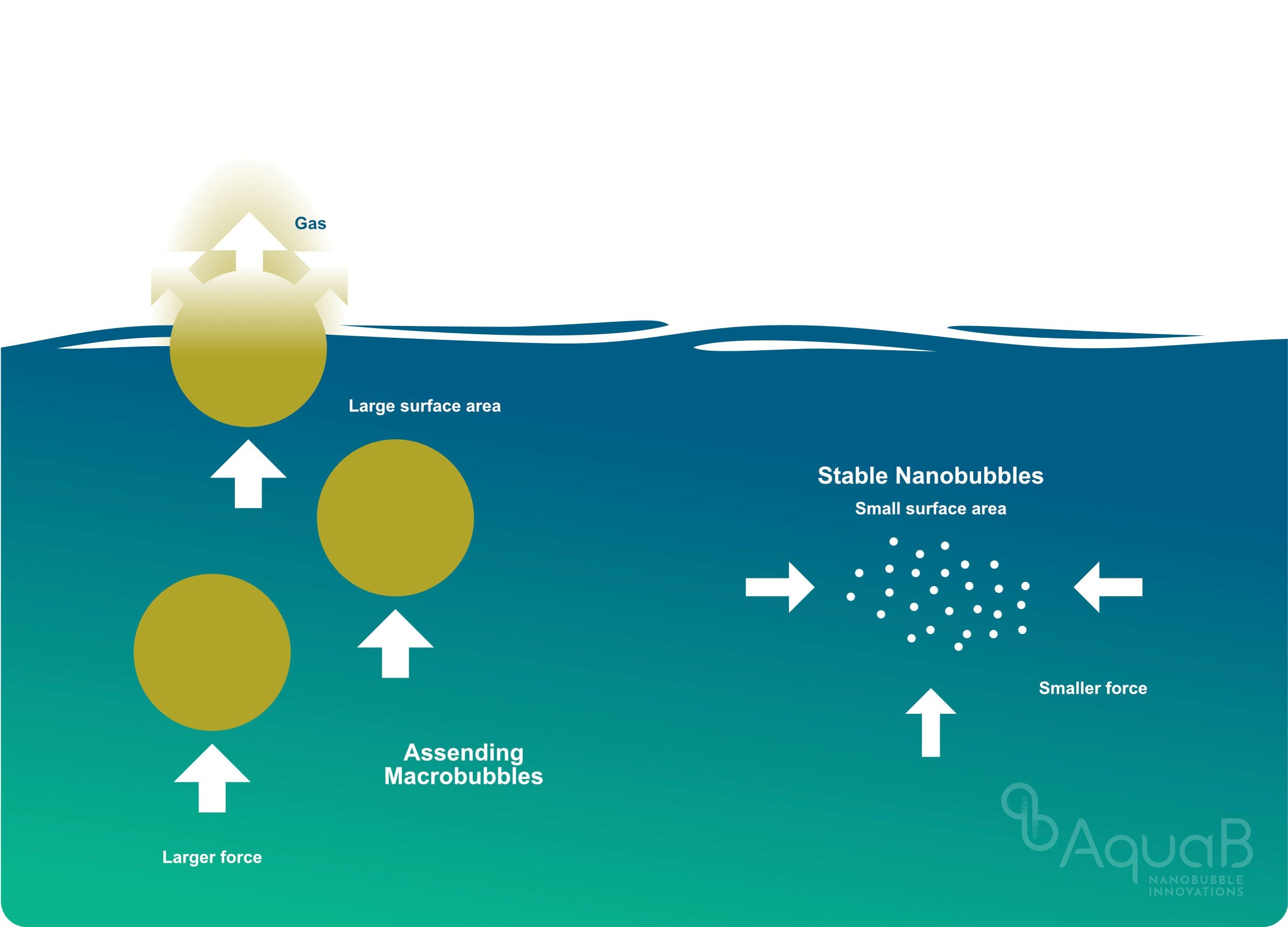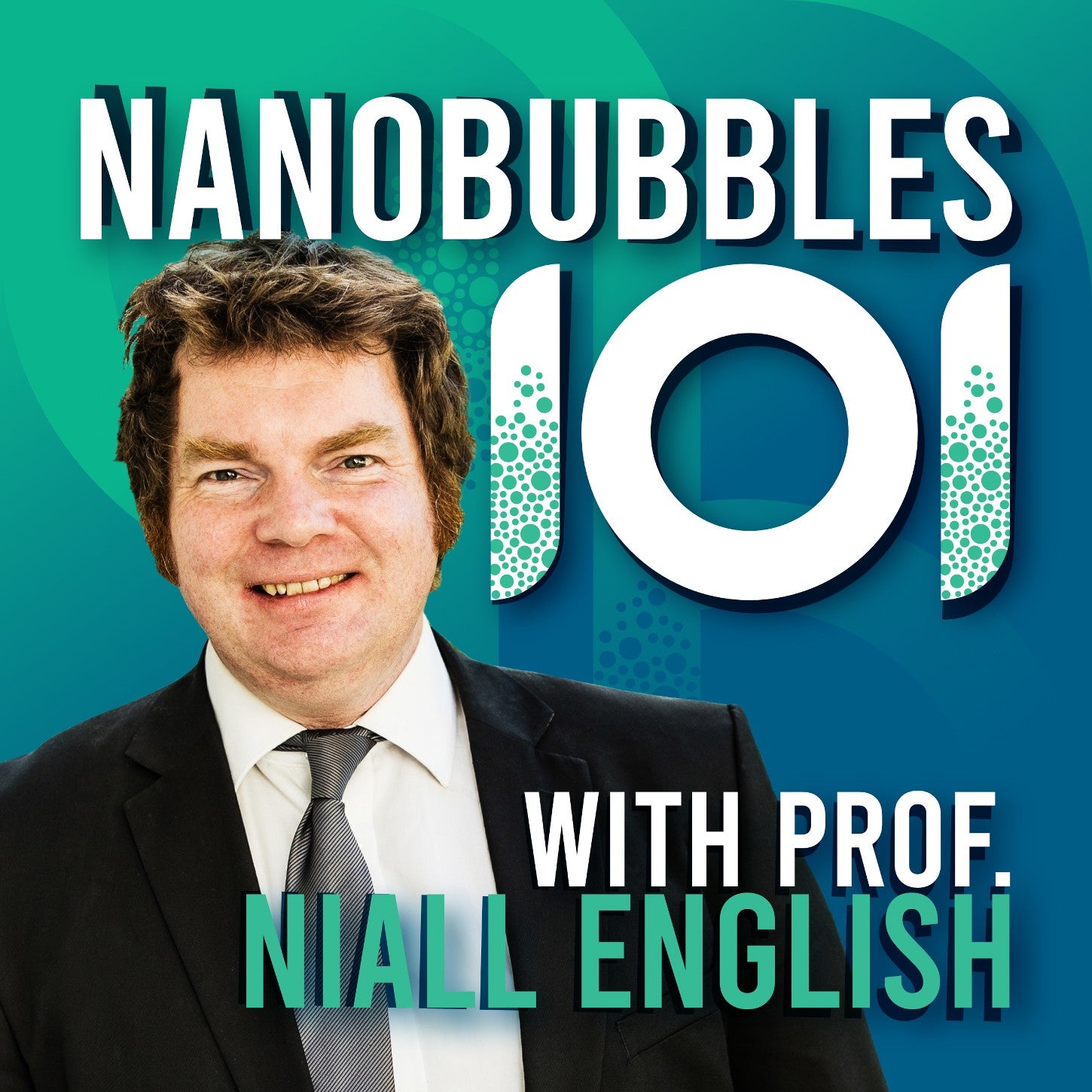AquaB Nanobubble Innovation for Oil and Gas
AquaB is revolutionising the productivity of liquids by bringing low-energy, electrostriction nanobubble technology to the market.
For the oil and gas sector, nanobubble technology delivers transformative efficiency and productivity gains, most notably in the following processes:
- Water Treatment
- PFAS Removal
- Dissolved Air Flotation
- Oil and Gas Extraction
- Fuel Enhancement
AquaB’s patented generators produce high concentrations of bulk nanobubbles at scale with minimal energy needs. This new approach to generation – using electric fields rather than high pressure and membranes – enables process control, solid-state reliability and deployment flexibility.
Why Nanobubbles?
Nanobubbles are proven to amplify the functional performance of liquids in physical, chemical and biological processes by, for example:
- Doubling the level of dissolved oxygen in solutions
- Increasing the dissolved CO₂ by at least 60%–70% compared to Henry’s-Law solubility
- Increasing oil extraction by 1%–2% above an industry standard of circa 40%
- In water treatment, reducing clean-up time by 10%–15% and aeration energy several-fold
- In fuels, increasing engine performance by 15%
The smaller a bubble, the less buoyant it is and the larger its relative surface area. As the smallest, ultrafine bubble, nanobubbles have distinct properties including high stability and an extended lifespan. The industrial potential of nanobubbles has been known for years, but the barrier to widespread use has been the challenge of developing energy-efficient, controllable, reliable generation.
AquaB’s patented electrostriction technology solves those barriers head-on. Field trials also suggest that AquaB’s unique electrostriction technology confers additional advantages over industry standards, including a significantly extended lifespan.
Prioritising oil and gas
We have identified oil and gas as a priority industry for AquaB and will begin the widespread roll-out of our turnkey nanobubble generators in early 2024. Some advance availability of our in-line pipe-based generator is anticipated.
This model generates nanobubble levels of 108 per ml in a 100l/min unit, with nanobubble lifetimes lasting multiple days and even weeks.
AquaB’s Nanobubble breakthrough
Unlike existing technologies that use high-pressure, membranes and gas to generate nanobubbles, AquaB generators use an electric field. This gives our generators market-leading advantages, including:
- Very low power consumption – tens of Watts versus several kW.
- Low maintenance and downtime due to solid-state nature with no moving parts.
- Nanobubbles that are less than 50mm–100nm in size provide more than 200 times the interfacial surface area when compared to typical microbubbles.
- Industry-leading lifespans, producing nanobubbles that are stable for days and even weeks.
- Applicable for any gas.
- Quiet operation and chemical-free, working well at low pressure and with ambient air.
- Suitability for retro-fitting, with the ability to scale up.
Aqua-B’s technology is based on electrostriction phenomena, induced by the application of electric fields.
Our patented technology is solid-state with few moving parts, resulting in very little maintenance or downtime because there’s nothing to get blocked or jammed, which means early adopters of AquaB technology are enjoying significantly reduced downtime.
Our generators can also be powered by solar in off-grid, in-field environments, with no need for added chemicals or gas, which makes them highly flexible and adaptable.
Nanobubbles for water treatment
In both on- and off-shore water treatment operations in the gas and oil sectors, activated-sludge approaches are necessary for biological treatment operations as an alternative to flotation operations.
Here, AquaB can offer massively increased and low-energy nano-oxygenation, together with high-performance abiotic oxidation of reactive nitrogen and sulphur species, reduction in COD and BOD, as well as improved micro-biology profiles.
Nanobubble-enhanced floating sludge is more uniform and smaller in size than in conventional DAF systems, providing a better consistency for pumping, increased sludge density and lower water content in the floating sludge.
Nanobubbles for PFAS removal
Nanobubbles give PFAS removal processes a head start at a molecular level by raising impurities to the top of a solution, where they can be mechanically removed.
The same enhanced-flotation principle applies to other impurities and micro-particulates, with nanobubbles doing the ‘heavy lifting’ before more refined downstream removal techniques are deployed, such as membranes.
Nanobubbles for dissolved air flotation
Nanobubbles have a low rising velocity, which extends the life of the bubble. This, combined with the ‘ultra-dense’ nature of AquaB’s nanobubble generation, leads to more efficient removal of particles from solutions, with the nanobubbles helping contaminating particles to connect to, and collide with, larger microbubbles to facilitate flotation.
Operational efficiency and energy consumption are two industry challenges that AquaB’s nanobubble technology addresses. AquaB generators can be retrofitted to existing DAFs with ease, with either submersible or continuous-mode flow operation, which can increase the capacity of any footprint-constrained plant.
Nanobubbles for oil and gas extraction
Nanobubble technology can increase oil recovery efficacy and decrease costs by shifting the thermodynamic goalposts of mature oil wells, and it can increase the effectiveness of oil recovery systems. It does this by harnessing flotation. Nanobubbles stick to oil droplets, creating aerated oily flocs that increase the efficiency of flotation-based oil-separation operations. Effectively, this allows oil to be recovered more easily.
Nanobubbles for fuel enhancement
AquaB’s nanobubble technology has been shown to boost the thermodynamic efficiency of the combustion of calorific fuels via nano-gasification and emulsification. This has exciting potential for engine and propulsion efficiency in the offshore oil and gas industry.
The AquaB difference
AquaB’s electrostriction technology means that for the first time, nanobubbles can be bulk generated using ultra-low energy input at ambient temperature and pressure and, in the case of air, direct from the atmosphere.
The bubbles produced by AquaB generators are the smallest in the industry, less than 50–100 nm in size, with industry-leading lifetimes. This means the impact of the nanobubbles is amplified. Even better, AquaB generators can be retrofitted to integrate with existing systems, making them easy and affordable to deploy and scale up.


